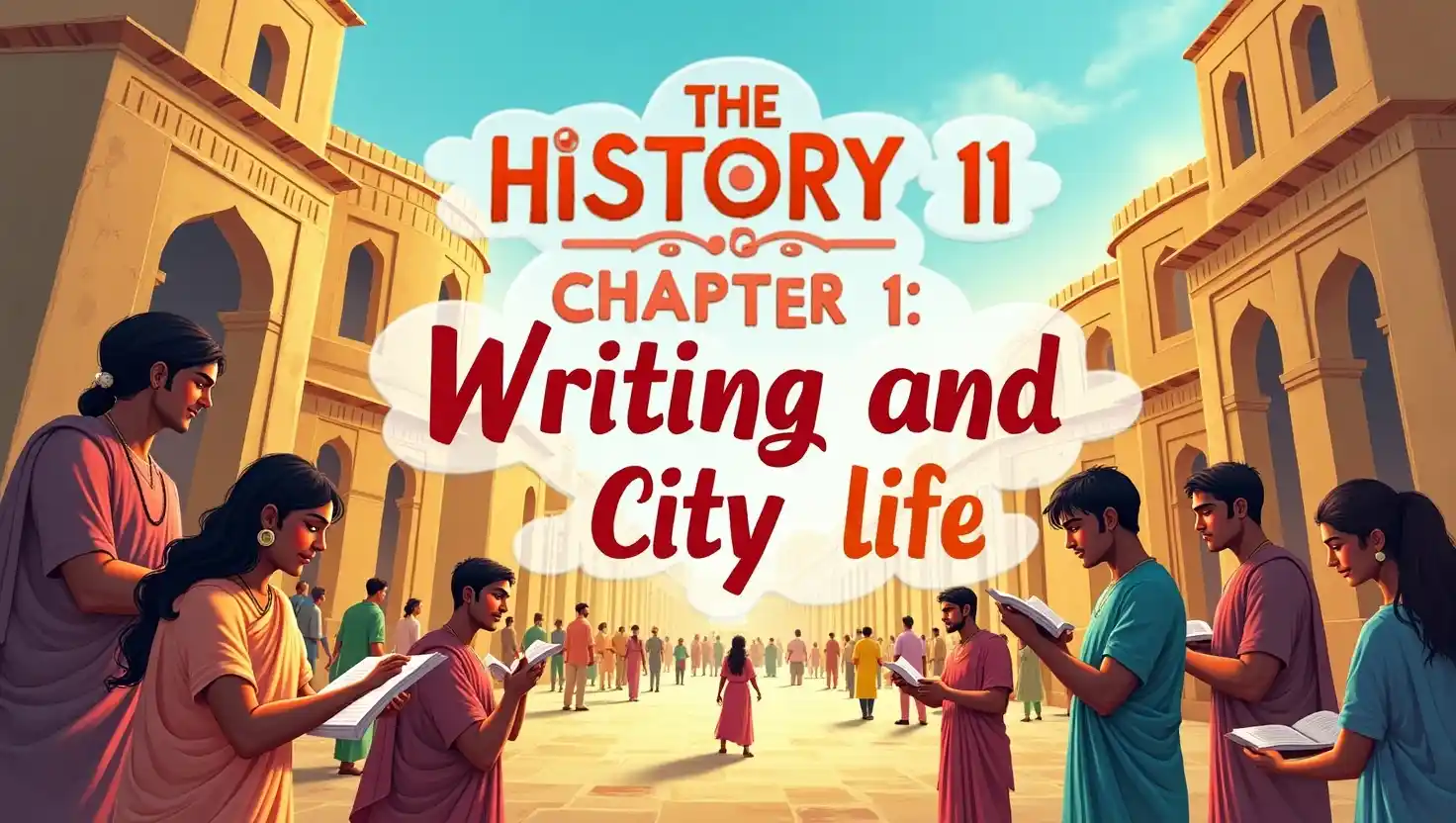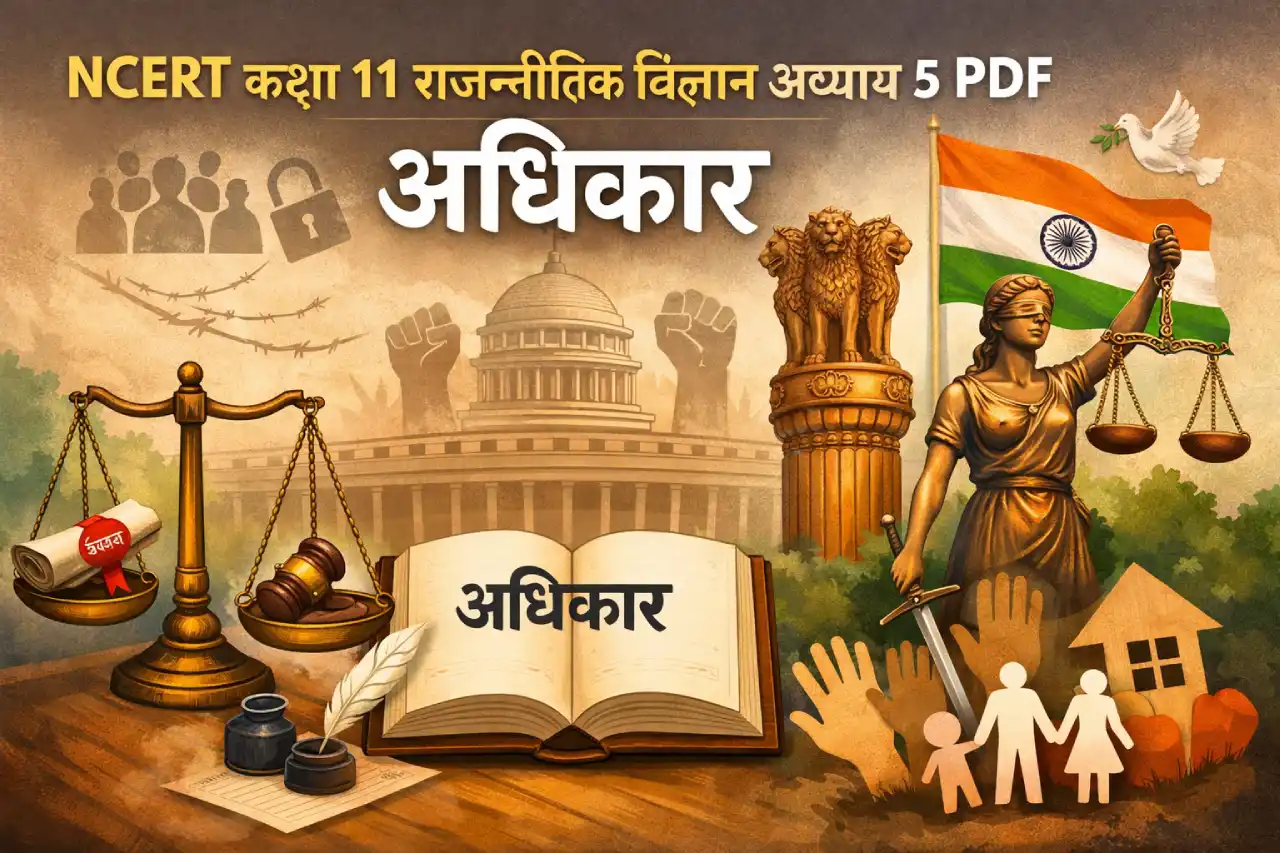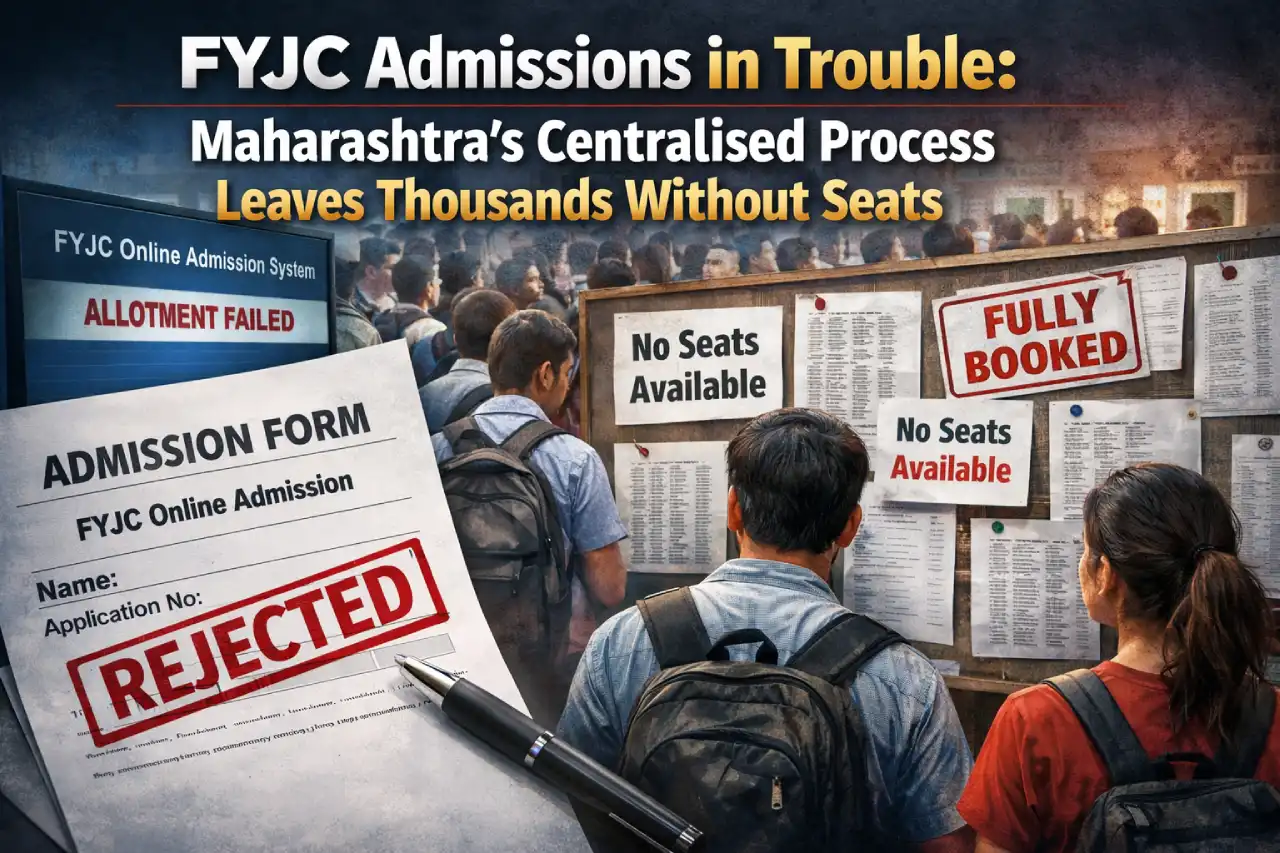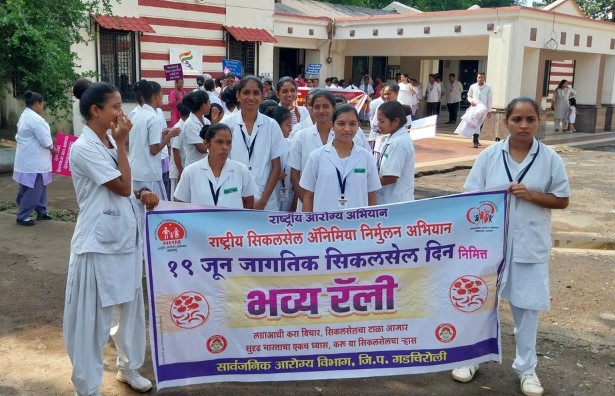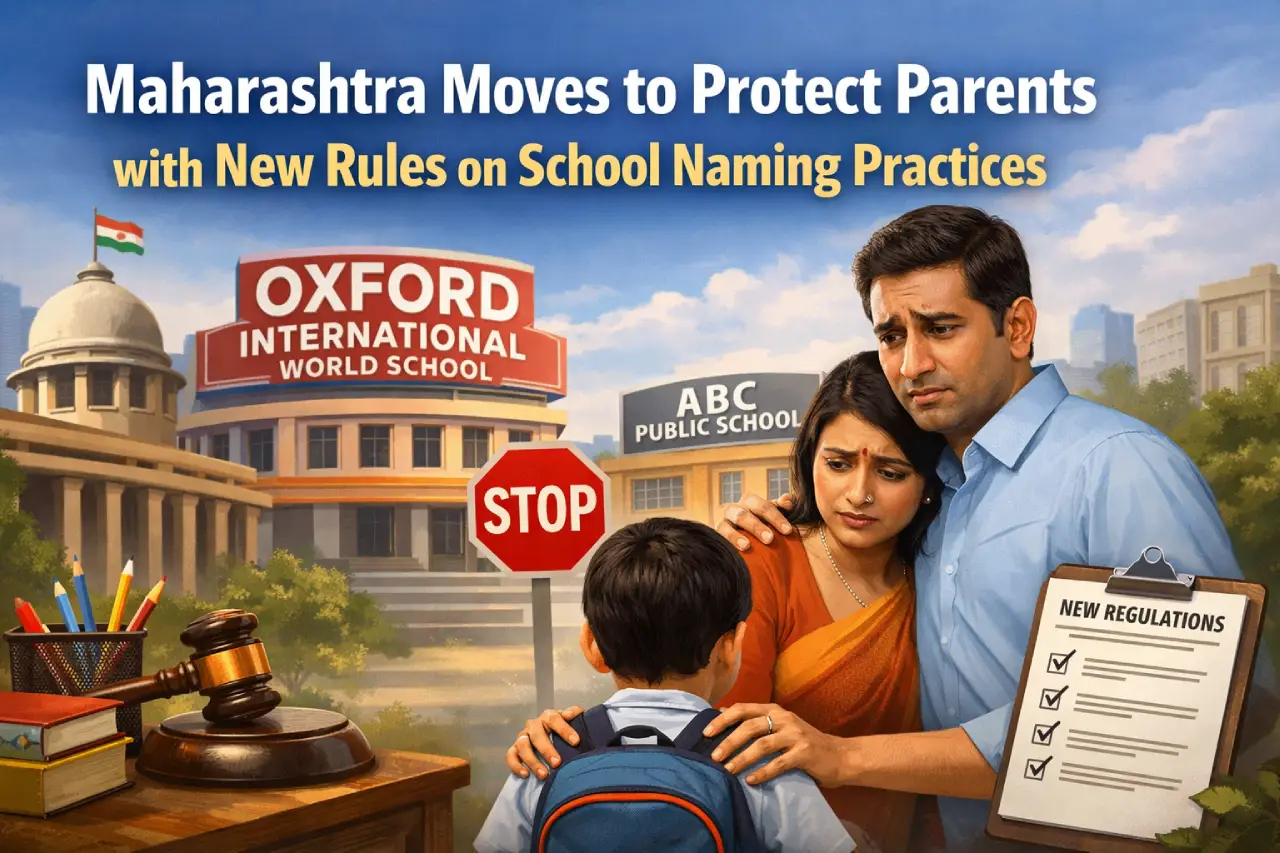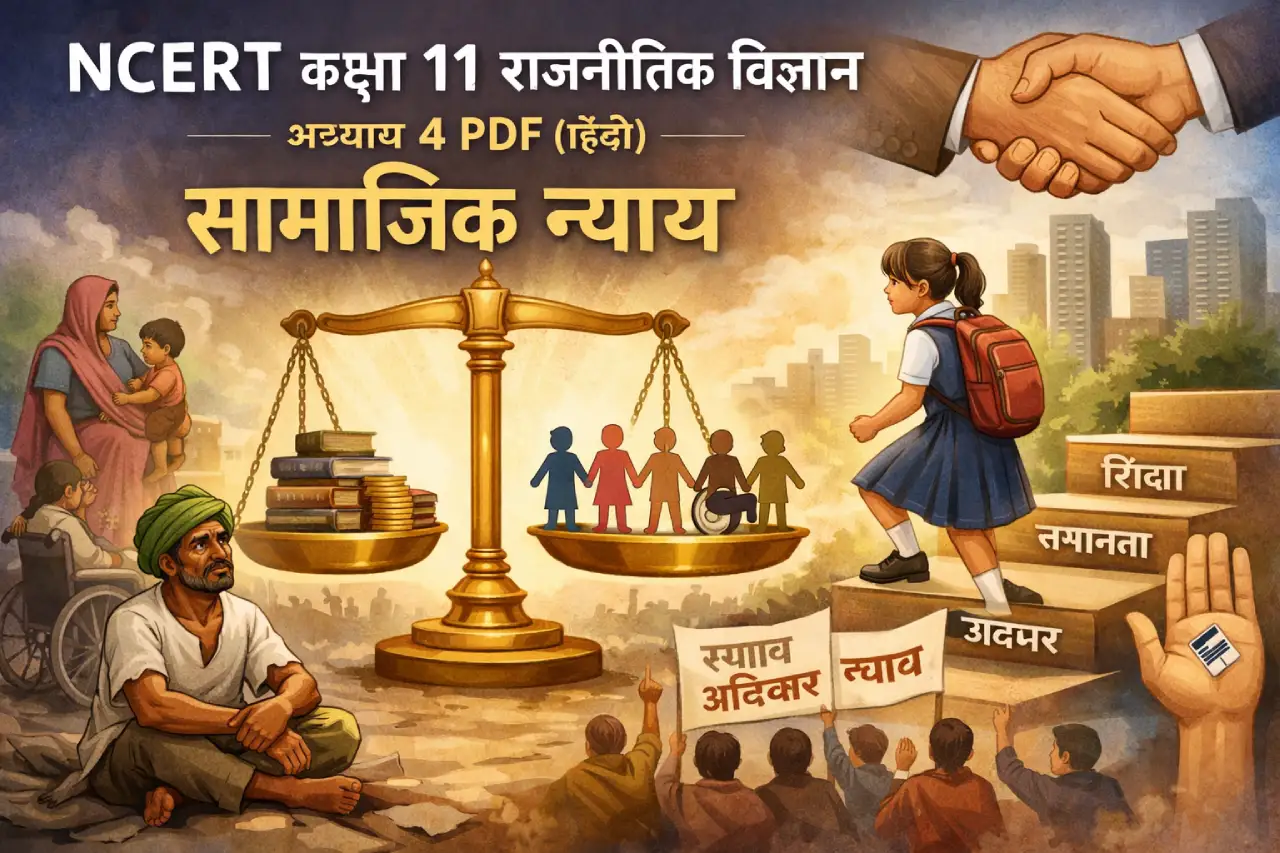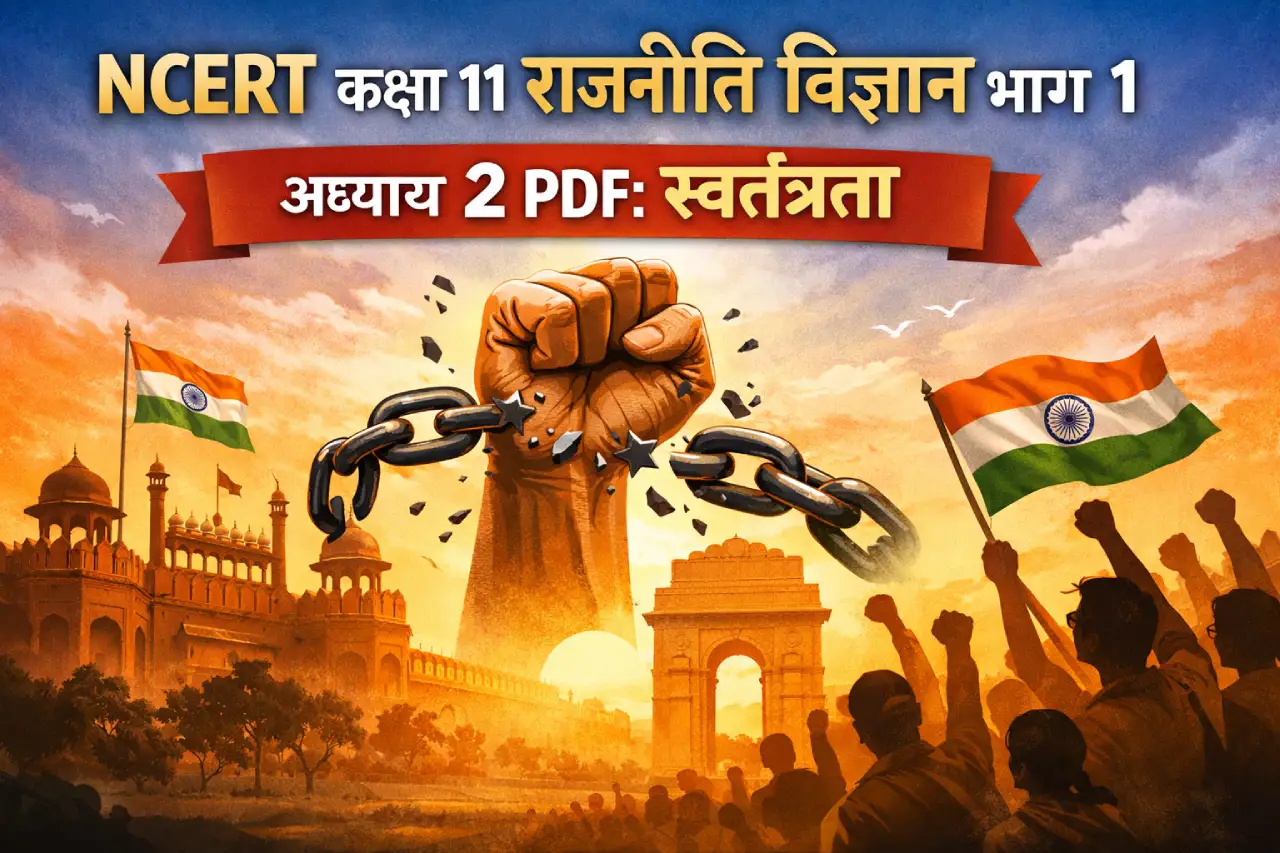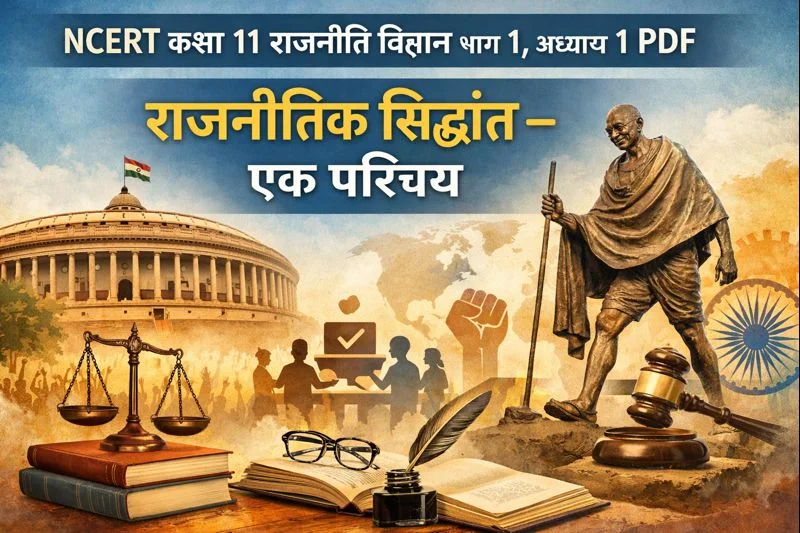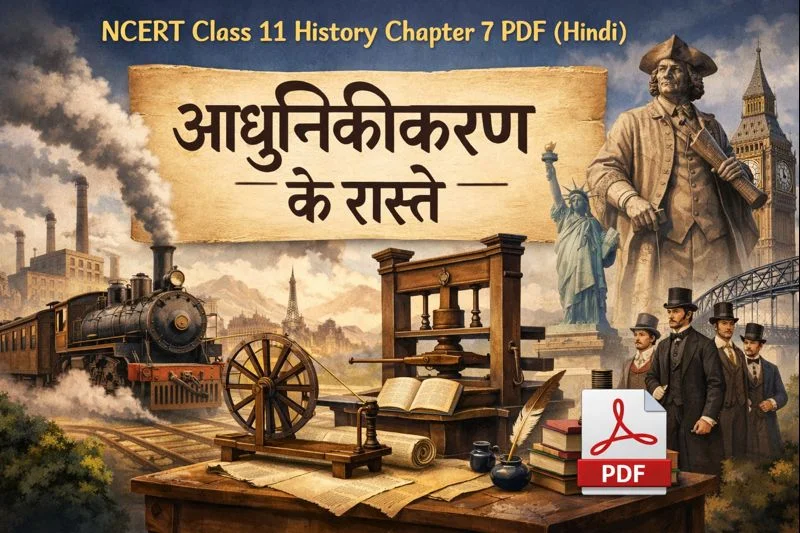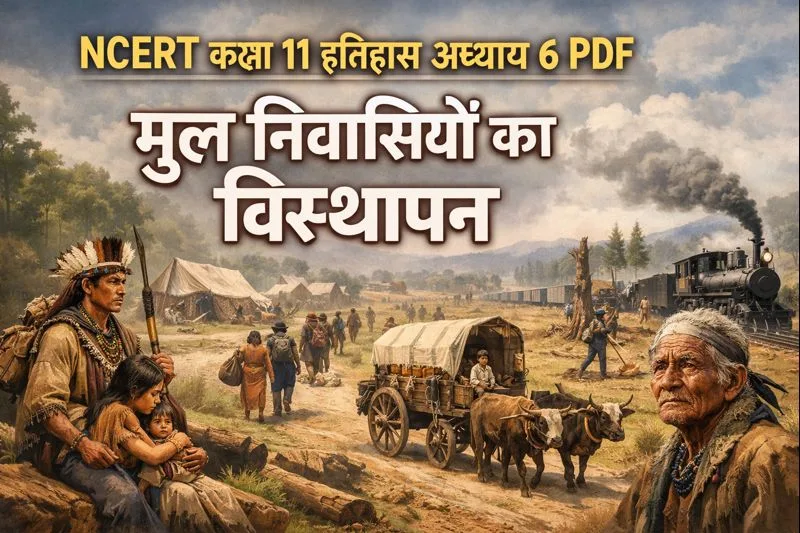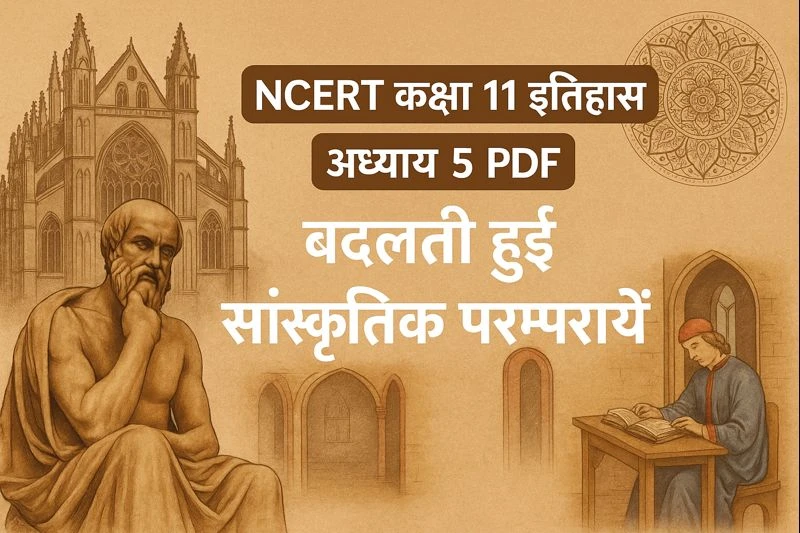The first chapter of Class 11 NCERT History – Writing and City Life – takes us deep into the roots of ancient civilisation in Mesopotamia. It explores how the earliest cities came up in that region, how writing was invented, and how both developments changed human life forever. From the beginning of farming to the rise of temples, kings, scribes, and complex societies – this chapter builds a full picture of early urban culture.
I chose to write about this chapter because it connects the dots between the past and our modern lives. Without writing, there would be no way to record history, rules, or trade. Without cities, human society wouldn’t have grown the way it did. For school students and competitive exam aspirants, this chapter is an important foundation for understanding world history. It also explains how inequality, administration, and culture began to take shape. Personally, I found it fascinating how writing didn’t begin for literature or poems – it was developed for maintaining accounts. These small but important details make this chapter more than just facts – it tells the story of human progress.
What is Chapter 1 – Writing and City Life All About?
This chapter mainly talks about Mesopotamia, which is today’s Iraq. The land between the Tigris and Euphrates rivers became one of the first places in the world where humans settled in large numbers and built cities.
Some key points the chapter covers:
- How early humans started farming and settled in one place
- How villages turned into towns and later into cities
- Why temples played a central role in the early cities
- How and why writing was invented
- Role of scribes, merchants, farmers, and rulers in city life
- How social classes and inequality developed
- Importance of archaeological sources like tablets and tools
The most interesting part is how practical needs like keeping tax records, grain storage, and trade led to the invention of cuneiform writing. This script was pressed into clay tablets using a stylus. It’s one of the oldest known forms of writing in the world.
How Cities Changed Human Society
Before cities came into the picture, most humans lived in small farming villages. But once people settled near rivers, they began to build irrigation canals, which led to more food, more trade, and eventually cities.
Here’s how city life affected society:
- Division of labour – People started doing specialised work like pottery, metalwork, writing, and priesthood
- Administration – Kings and officials began to maintain records and collect taxes
- Inequality – Some people became richer and more powerful than others
- Cultural growth – Temples became centres of religion, trade, and education
- Writing as a tool – It helped in managing large cities and government
This shows how writing and urban life were closely connected. You needed writing to run a city and the city gave birth to the need for writing.
Download PDF
Click Here to Download NCERT Class 11 History Chapter 1 – Writing and City Life PDF

